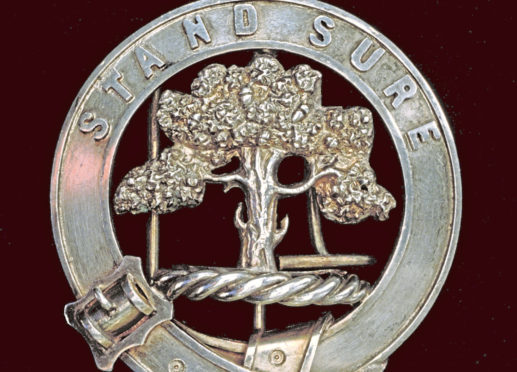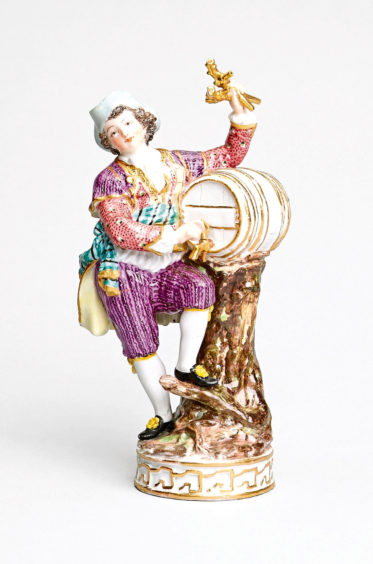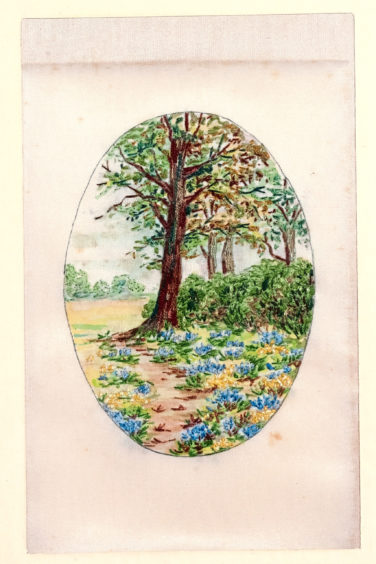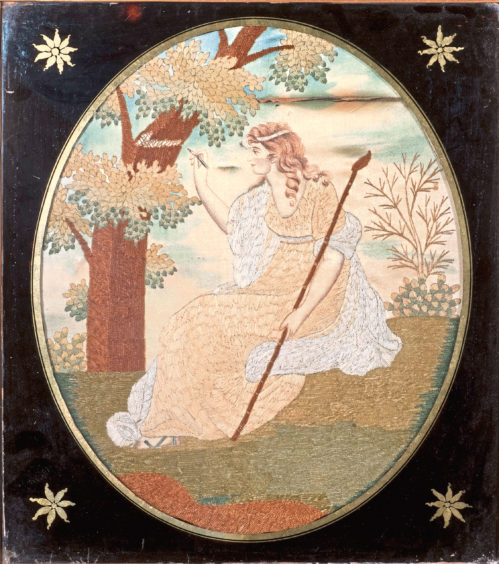Hopefully you’ve been managing to get out for a daily breath of fresh air during the lockdown and, as we are, enjoying all the first signs of spring.
Mother Earth is waking up from her long sleep and all the buds on the trees are bursting into life again. This week’s column looks at objects in our decorative art collection inspired by trees.
Like decorative art, trees are both beautiful and practical. Leaves and blossom colour the landscape and tree trunks provide a habitat for animals, birds and insects. Individual trees can live for thousands of years, witnessing social and political change, and global events such as the pandemic we are living through at the moment. Trees provide constancy in our often uncertain world.
In the 17th and 18th centuries, East Asian porcelain was highly sought after and extremely expensive, but other countries did not know the formula for making their own porcelain. The first porcelain manufacturer in Europe was established by Augustus the Strong in Germany. Meissen was created in 1710 after an alchemist he hired to try to turn base metals into gold or silver discovered how to make white porcelain. The porcelain figure of a cider seller made by Meissen is holding two barrel taps in his upraised hand and leaning against a tree stump with a barrel on top. It is hand-painted in coloured enamels and finished with a clear glaze.
Flat back figures were popular during the Victorian era and were displayed on mantelpieces with the back flat against the wall. The earthenware figure of Little Red Riding Hood is standing next to a hollowed-out tree that can be used as a vase or taper holder.
The oak tree is often used as a symbol of strength in decorative art. This silver clan badge buckle made by Yule of Aberdeen in about 1880 is in the shape of a circular buckled belt. The motto ‘Stand Sure’ appears above the oak tree and reinforces the symbolism of strength.
Trees are a popular motif in embroidery. This embroidery of a woman carving her name on a tree was worked in silk satin stitch in 1780. And 150 years later, trees also appear in a pair of 1930s needlework pictures embroidered mainly in long-and-short stitch, straight stitch and French knots.
Background colours were painted behind the needlework pictures to add to the realism of the scenes.
